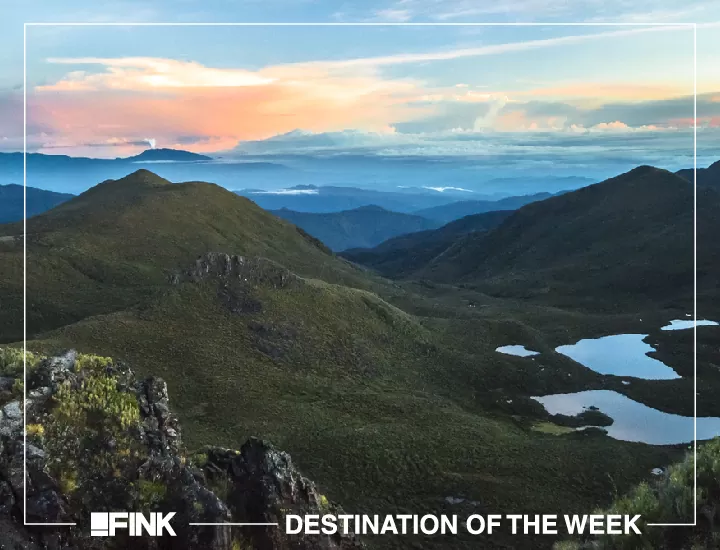
The main source of the entry of foreign currencies in the country, tourism in Costa Rica is one of the elements responsible for the country’s growth and one of the major sectors of the economy, with revenue that surpasses the exportation of traditional items, such as bananas, coffee, and pineapples. All of this began a little over 30 years ago, in 1987, with incentive policies, when the number of tourists almost tripled – from 329 thousand to 1 million – in 11 years, in1999. Currently, over 2.5 million foreigners visit the Central American country, with revenue of over 2.6 billion dollars per year.
With a rich variety of fauna and flora – an estimated 5% of the world’s biodiversity – ecotourism attracts tourists from all over the world, since contact with nature is Costa Rica’s main attraction. With over 25% of its area comprised of parks and areas protected by the National System of Conservation Areas – in percentage a number superior to any other in the world – the national territory is an ode to preservation and an example to the world. Not to mention the lovely beaches and islands, since Costa Rica is surrounded by the Pacific Ocean and bathed by the Caribbean Sea.
UNESCO World Heritage Sites
Among Costa Rica’s lovely parks and ecological reserves, three are globally outstanding, after being elected as UNESCO World Heritage Sites. The first one is Coco Island, situated in the southwest of the country’s coast, in the Pacific Ocean, and notable not only for the beauty and limpidity of its waters, but also for its vast biodiversity, such as sharks, Manta rays, tuna fish, and dolphins. Practically deserted, Coco Island was the stage for filming the famous Hollywood classic, Jurassic Park.
The Guanacaste Conservation Area, in the northwest of Costa Rica, was elected by UNESCO in 1999, for its preservation of over 1470 km2, composed of the Santa Rosa, Guanacaste, and Rincon de La Vieja Parks, and the Junquillal Bay Wildlife Refuge.
The third is La Amistad National Park, which celebrates the peace between Costa Rica and Panama, since it is situated on the border between the two countries. The park unites the Talamanca Range – La Amistad Reserves and the La Amistad National Park, with a total area of 1992 km2.
Seven Natural Wonders
In 2007, Costa Ricans elected – in a research by the country’s main newspaper – the seven destinations in the country that, according to the local population, represented the 7 Wonders worthy of being visited by foreigners. They are: Coco Island, Arenal Volcano, Cerro Chirripo, Celeste River, Tortuqueros Canals, Poas Volcano, and Monteverde Reserve.
Other tours in Costa Rica
In San Jose, visit the Costa Rica National Museum, the Costa Rican Art Museum, the National Theater of Costa Rica, and the Central Bank Gold Museum. Sarchi, in Alajuela, is indicated for those who wish to buy handicrafts and typical Costa Rican products. Lastly, in Cartago, visit the colonial Church of Orosi, the Basilica of Our lady of Angels – dedicated to Costa Rica’s patron saint – as well as the archeological site of Guaybo, in Turrialba, and the Lankester Botanical Garden.











